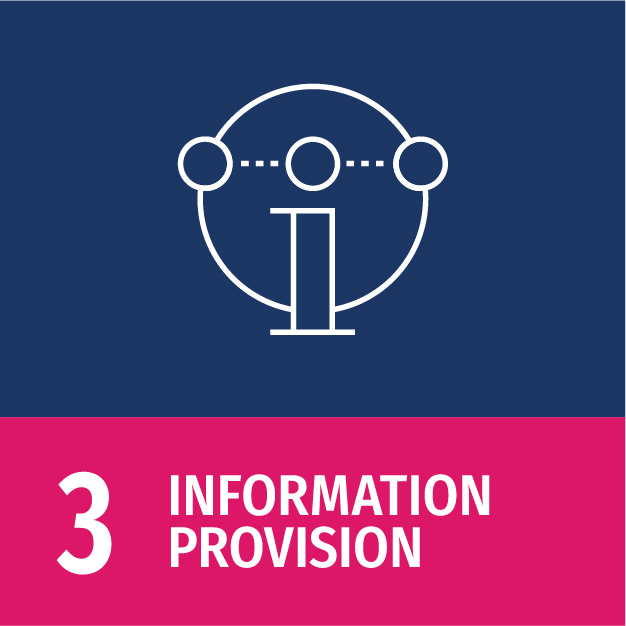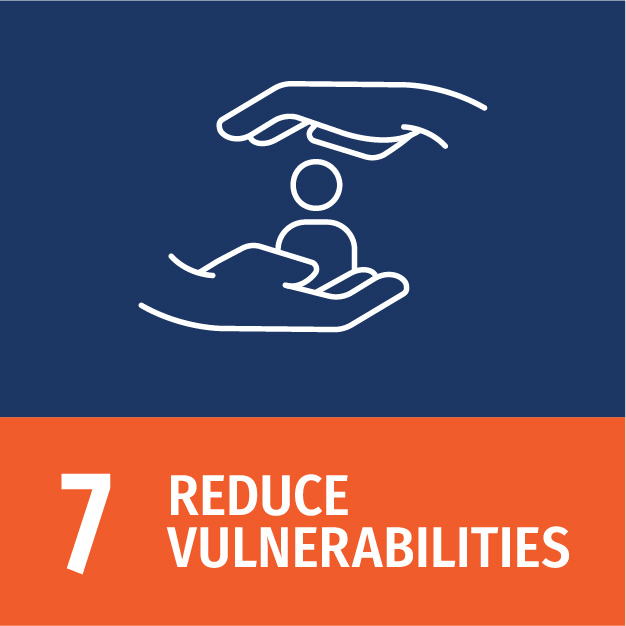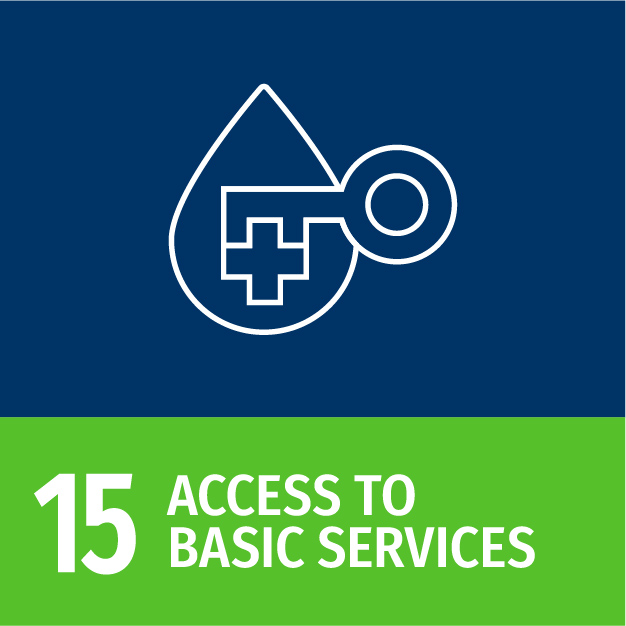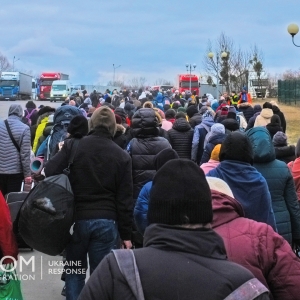
The “FlowKit”: Tool for rapid and near real-time assessments of population displacement after natural disasters using mobile phone data
Summary
“FlowKit” is an open source tool that enables humanitarian workers to inform crisis responses using mobile phone data. In the event of disasters, timely and accurate data on the numbers and destinations of displaced populations are extremely challenging to collect and to analyse. Considering that displaced populations are often in acute need of support – e.g. in the aftermath of an earthquake – it is critical to know who, where and how many people were displaced in a timely fashion. Based on case studies conducted during the disasters of 2010 and 2016 in Haiti, and 2015 in Nepal, Flowminder has developed “FlowKit” as a suite of software tools designed to enable access and analysis of mobile data for humanitarian use. It simplifies the use and sharing of mobile phone data while ensuring data privacy and facilitates partnerships with mobile network operators.
Results
The “FlowKit” tool allows for rapid and near real time-assessments of population displacements after natural disasters in various contexts. In comparison to conventional analyses based on survey, administrative and census data, the use of mobile phone data through FlowKit allows users to draw a faster and more accurate picture of population flows. For instance, in the case of the 2015 Nepal earthquake, preliminary results were available just nine days and a full report thirteen days after the natural disaster. The results provided detailed insights into the movements of forcibly displaced people from the Kathmandu valley into the surrounding areas, and they were used by humanitarian organisations such as the World Food Programme to assess where to focus support after the earthquake. These insights are an asset for humanitarian responses to natural disasters, and the approach can potentially be replicated in similar events, given the affected region is covered by the services of mobile network operators.
(Photo: © IOM Afghanistan / Leo Pierre Torreton)







